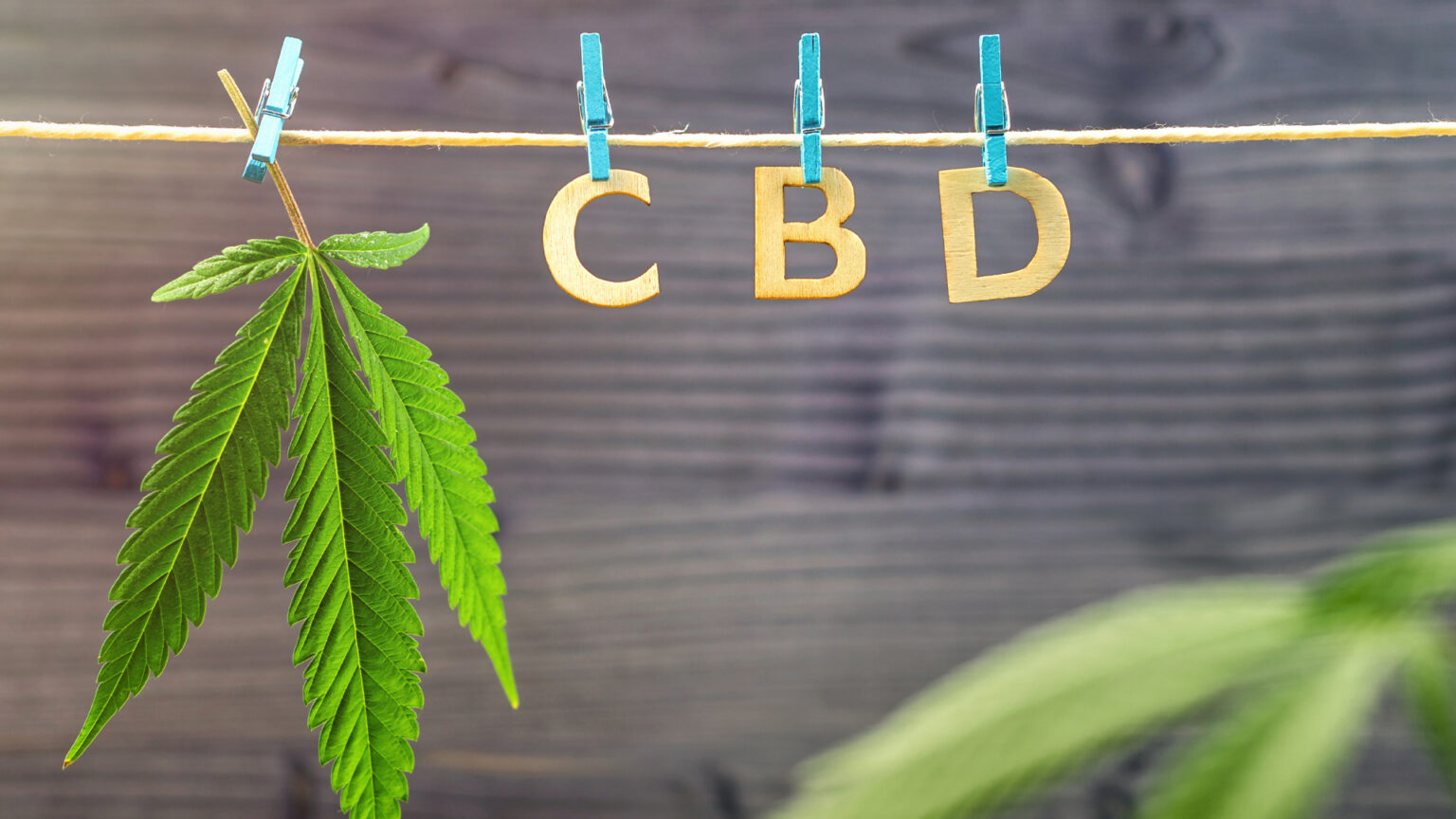Introduction
CBD, short for cannabidiol, has gained significant attention in recent years for its potential health benefits and versatility. However, many people still wonder about the meaning behind the abbreviation “CBD” and its association with the cannabis plant. This comprehensive guide aims to shed light on what CBD stands for, its origins, its relationship with cannabis, and its potential applications
Table of Contents
- Understanding CBD: Definition and Origin
- The Cannabis Connection
- The Difference Between CBD and THC
- CBD Extraction and Forms
- Legality of CBD
- Potential Health Benefits
- Safety Considerations and Side Effects
- How to Use CBD
- CBD Dosage and Administration
- Current Research and Future Directions
- Conclusion
Understanding CBD: Definition and Origin
CBD stands for cannabidiol, a naturally occurring compound found in the cannabis plant. It is one of over 100 cannabinoids present in cannabis, accounting for a significant portion of the plant’s extract. CBD was first identified and isolated in 1940 and has since become the subject of extensive scientific research due to its potential therapeutic properties.
The Cannabis Connection
CBD is derived from both marijuana and hemp plants, which are two different varieties of the cannabis plant. While marijuana is known for its psychoactive properties due to high levels of THC (delta-9 tetrahydrocannabinol), hemp contains only trace amounts of THC and is primarily cultivated for its fiber and CBD content.
The Difference Between CBD and THC
CBD and THC are the two most abundant cannabinoids found in cannabis, but they have distinct effects on the body. THC is psychoactive and produces the characteristic “high” associated with marijuana use. In contrast, CBD does not produce psychoactive effects and is not intoxicating. This key difference has led to CBD’s growing popularity for therapeutic purposes.
CBD Extraction and Forms
CBD can be extracted from the cannabis plant using various methods, such as CO2 extraction, solvent extraction, or olive oil extraction. Once extracted, CBD can be processed into different forms, including oils, tinctures, capsules, edibles, topicals, and even infused into beverages. Each form offers different advantages and methods of consumption, catering to individual preferences.
Legality of CBD
The legal status of CBD varies across countries and jurisdictions. In some regions, CBD derived from hemp with low THC content (less than 0.3%) is legal, while CBD derived from marijuana may be subject to stricter regulations. It is crucial to understand the specific laws and regulations regarding CBD in your jurisdiction before purchasing or using it.
Potential Health Benefits
CBD has gained significant attention for its potential therapeutic benefits, although more research is needed to fully understand its effects. Some studies suggest that CBD may have anti-inflammatory, analgesic (pain-relieving), anxiolytic (anxiety-reducing), and neuroprotective properties. It has shown promise in managing conditions such as chronic pain, epilepsy, anxiety disorders, and sleep disorders.
Safety Considerations and Side Effects
While CBD is generally considered safe, it can cause side effects in some individuals. Common side effects may include fatigue, dry mouth, changes in appetite, and diarrhea. CBD can also interact with certain medications, so it is essential to consult a healthcare professional before incorporating CBD into your routine, particularly if you have underlying medical conditions or are taking prescription medications.
How to Use CBD
CBD can be consumed in various ways, depending on the form you choose. Sublingual administration involves placing CBD oil or tincture under the tongue for rapid absorption into the bloodstream. Oral consumption involves swallowing CBD capsules, edibles, or beverages, which are absorbed through the digestive system. Topical application involves applying CBD-infused creams or balms directly to the skin for localized relief.
CBD Dosage and Administration
Determining the appropriate CBD dosage can be challenging, as it varies depending on factors such as body weight, individual tolerance, and the condition being treated. It is recommended to start with a low dosage and gradually increase until the desired effects are achieved. Consulting with a healthcare professional experienced in CBD use can provide personalized guidance and recommendations.
Current Research and Future Directions
Research on CBD is still in its early stages, but numerous studies are underway to explore its potential applications and mechanisms of action. Scientists are investigating CBD’s effects on a wide range of conditions, including chronic pain, mental health disorders, neurodegenerative diseases, and cancer-related symptoms. Ongoing research aims to provide a more comprehensive understanding of CBD and its therapeutic potential.
Conclusion
CBD, short for cannabidiol, is a prominent cannabinoid found in the cannabis plant. It offers potential therapeutic benefits without the psychoactive effects associated with THC. CBD products are available in various forms and can be used for different purposes. As CBD continues to gain popularity, it is crucial to stay informed about its legality, potential health benefits, safety considerations, and proper usage. If you are considering incorporating CBD into your routine, consult with a healthcare professional to ensure a safe and effective experience.
- Complete Review of the Top CBD Gummies By Golden Goat CBD - August 23, 2024
- What Does “CBD” Stand For? - June 26, 2023

